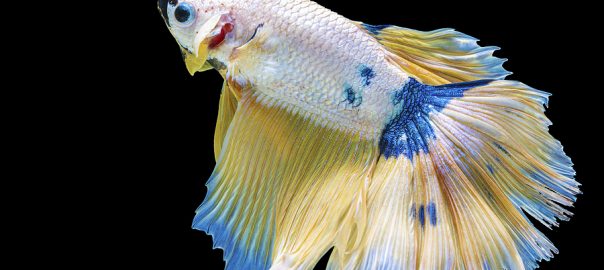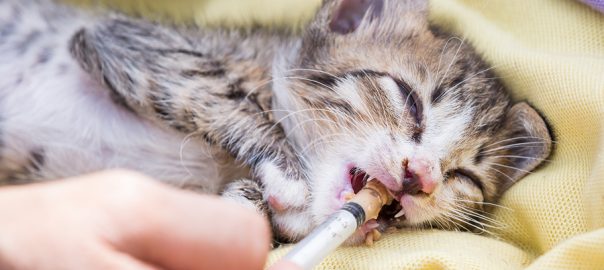Fish are among the most popular pets in the world, and like all pets, sometimes they need veterinary care. Is that really possible? Yes! Here’s how I explained it to a reader.
Q: I saw a Facebook post recently about a fish being treated at a veterinary clinic. Why? How?
A: Hey, fish need veterinary care, too. People love them and develop relationships with them — really! — and fish can develop health problems that require veterinary care, just like any other animal. Fish can be examined, treated with medication, and even undergo surgery.
Fish should see the veterinarian when they lose their appetite, have their fins tightly clamped against their body, hide or spend time in a different part of the tank than where they usually hang out, don’t seem to be swimming normally, display rapid gill movements, or turn rapidly to the side, causing their scales to flash. Other possible signs of illness are a bloated appearance, spots or discoloration on the body, or ragged fins.
A common reason fish get sick is poor water quality. Just as you scoop a cat’s litter box, clean your bird’s cage or wash your dog’s bedding, you also need to perform similar “housekeeping” for fish. Each species has special environmental needs as far as saline concentration, pH levels, water temperature and cleanliness. All of those things need to be monitored, and partial water changes made regularly, to ensure that fish stay healthy.
Fish can also develop bacterial, viral or parasitic infections. To diagnose these, a veterinarian may perform a fecal test, skin — er, scale — scraping, or even a gill or fin biopsy to examine cell samples microscopically. Infections can occur when new fish are added to a tank, which is why it’s important to quarantine them first to make sure they’re healthy, just as you would before bringing in a new bird or cat, for instance.
If your fish needs to see a veterinarian, you can seek out a veterinary fish expert at fishvets.org/tools/locator/locator.asp?id=30.
There’s more – including myths about preventing and managing pain in pets – in Pet Connection, the weekly nationally syndicated pet feature I co-write with Kim Campbell Thornton and my daughter, trainer Mikkel Becker.




